Nikon Nikkor Z 50 mm f/1.2 S
5. Chromatic and spherical aberration
Chromatic aberration
The optics of the Nikkor Z 1.2/50 is very complex for a standard lens and, at the same time, it contains two low dispersion glass elements. The lens is prepared well to fight longitudinal chromatic aberration and indeed, it has no problems with it. Colouring of out-of-focus images at the maximum relative aperture is very slight and it disappears practically completely on stopping down the aperture by 1 EV.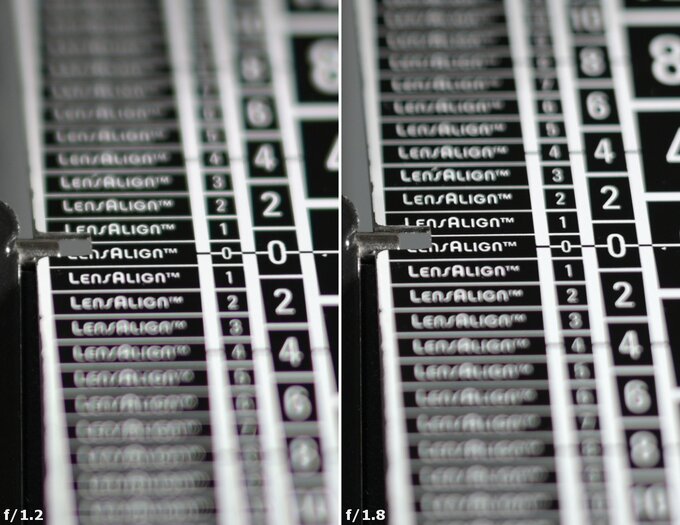 |
Now let's check the correction of lateral chromatic aberration – below you see a graph, presenting the lens's performance for both types of detectors in correlation with aperture values.
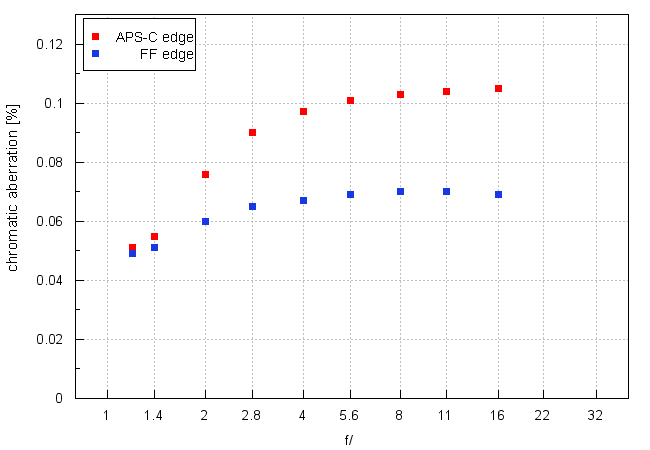
Please Support UsIf you enjoy our reviews and articles, and you want us to continue our work please, support our website by donating through PayPal. The funds are going to be used for paying our editorial team, renting servers, and equipping our testing studio; only that way we will be able to continue providing you interesting content for free. |
- - - - - - - - - - - - - - - - - - - - - - - - - - - - - - - - - - - - - - - - - - - - - - - -
On full frame, the aberration increases with stopping down the aperture from about 0.05% to 0.07% and it is well over 0.1% for the edge of the APS-C/DX sensor. In the worst case scenario the results reach just a borderline between low and medium level so you don't have any reasons to complain. Of course it should be noticed that the Sony FE 1.2/50 GM at the maximum relative aperture had results of 0.03-0.04% and on stopping down it never exceeded a value of 0.07%. As you see, the smaller Sony fared a bit better in this category once again.
| Nikon Z7, RAW, f/1.2 | Nikon Z7, RAW, f/16.0 |
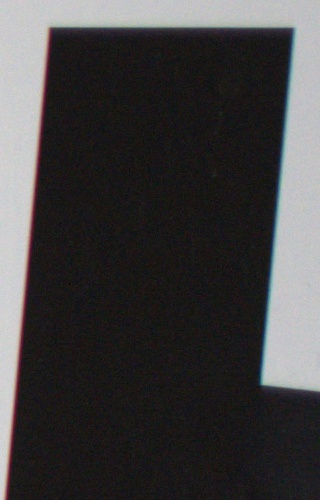
|
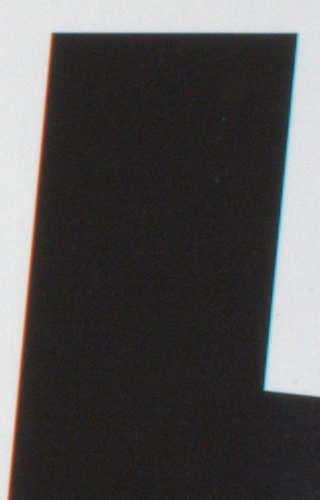
|
Spherical aberration
When you look at the first photo from this chapter you can notice a small shift of DOF towards greater distances. It happens when you stop down the aperture from f/1.2 to f/1.8 and it might suggest that spherical aberration isn't corrected in a perfect way. The appearance of defocused circles of light, reached before and behind the focus, confirm that much. Overall they are similar but the first one features soft edges and the rim of the second one is brighter and distinctly accentuated.Both effects aren't very pronounced so we have no serious reservations in this area, especially that images reached by f/1.2 are still sharp. It seems leaving a low level of spherical aberration might be a deliberate tactics. Perhaps optics constructors wanted to guarantee that out-of-focus areas would be more pleasing to the eye.
Still sacrificing sharpness for nice bokeh is, in my opinion, a risky trade. It's easy to measure sharpness levels as an objective parameter whereas bokeh is a subjective matter- its smoothness can appeal to some and be criticized by the others.
| Nikon Z7, f/1.2, before | Nikon Z7, f/1.2, after |
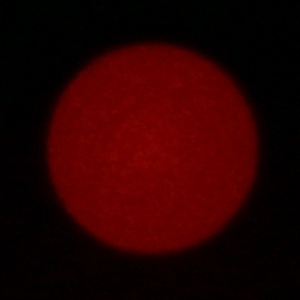
|
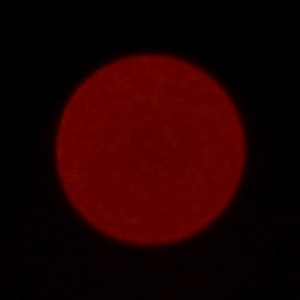
|






